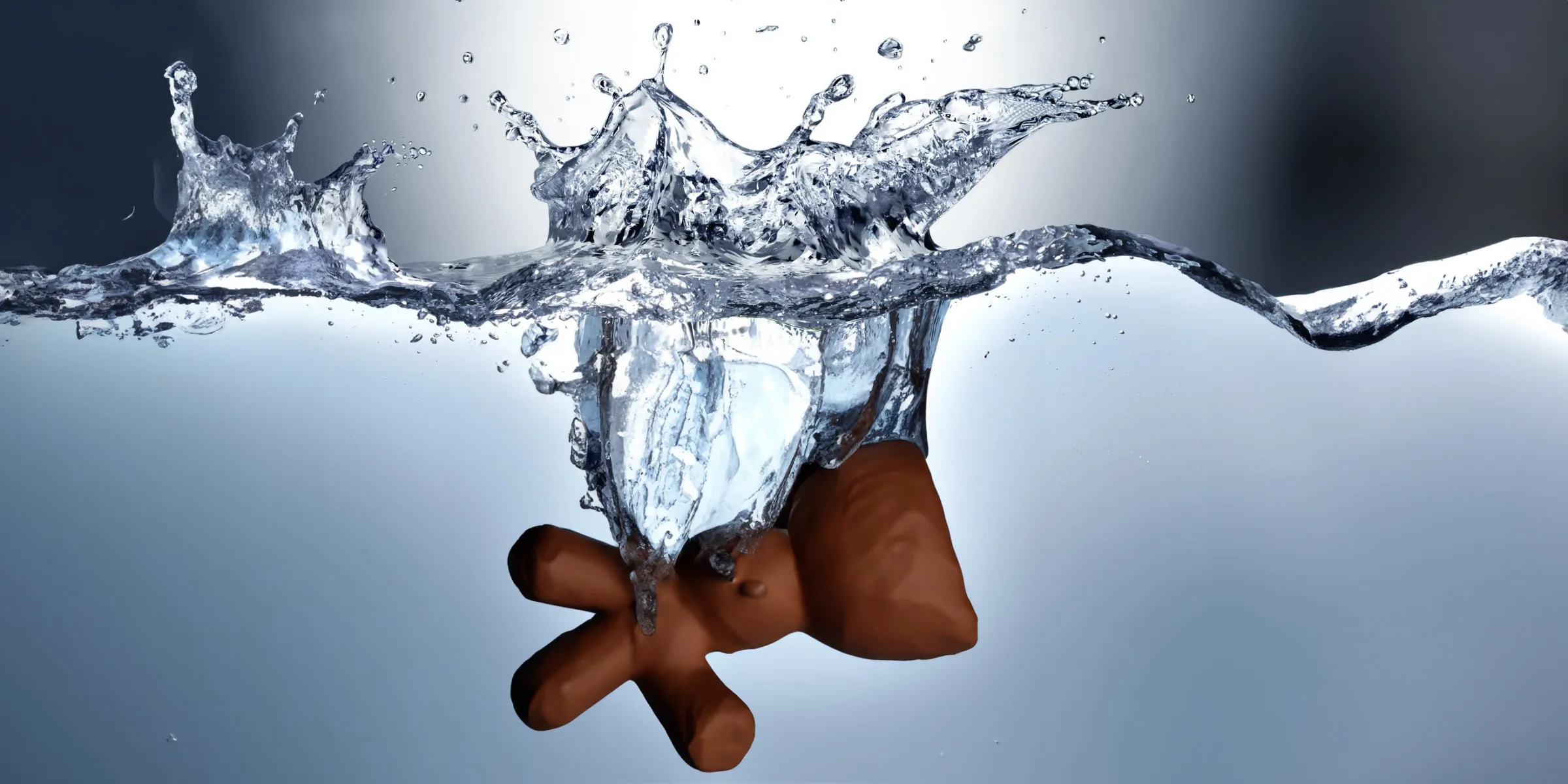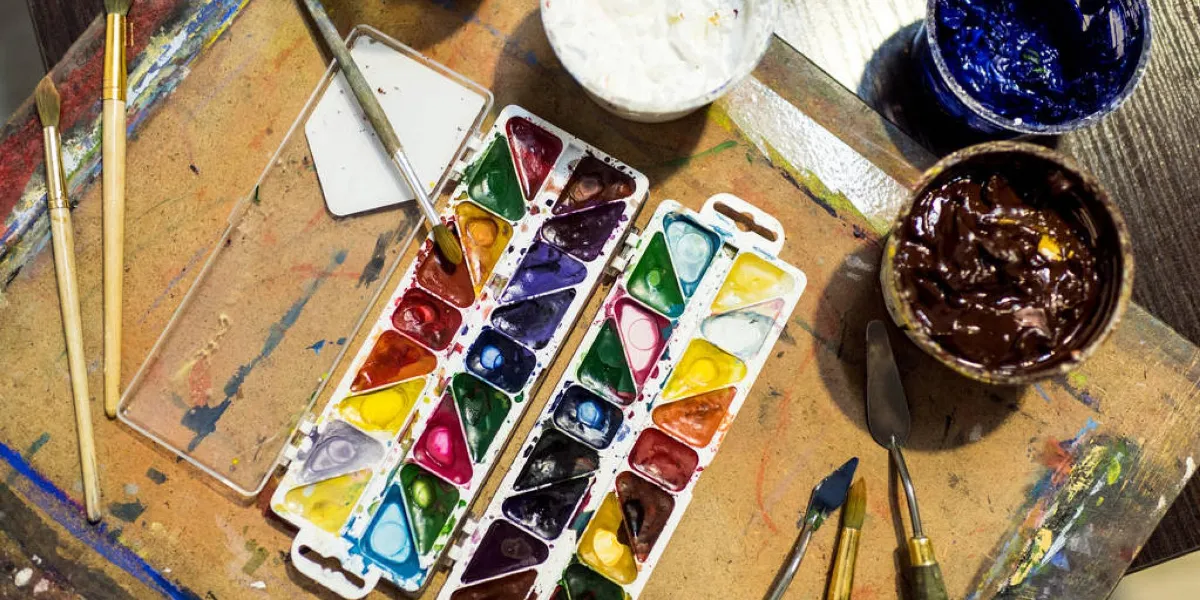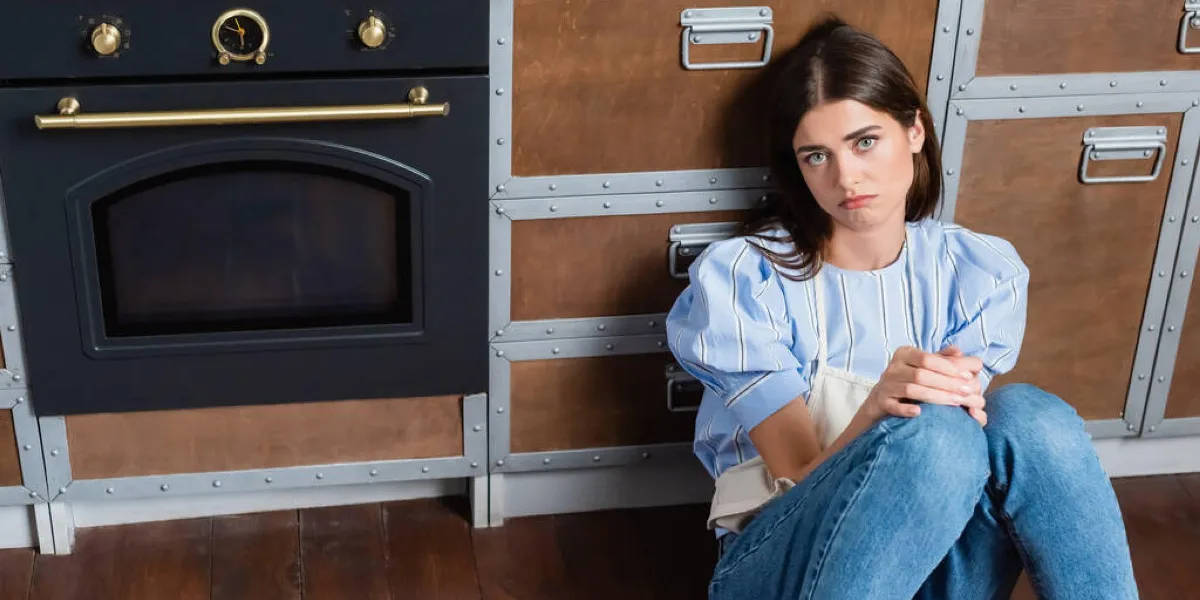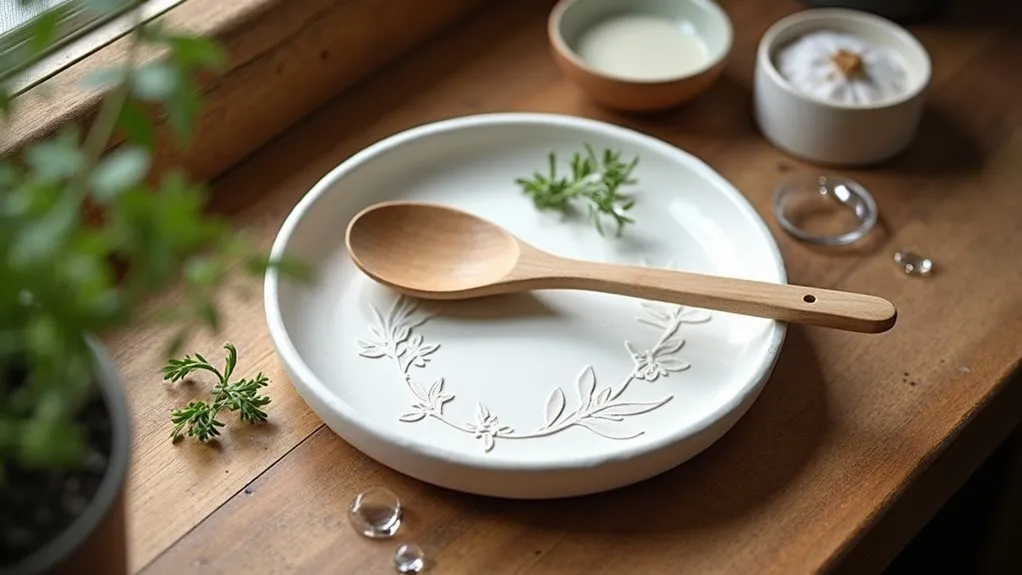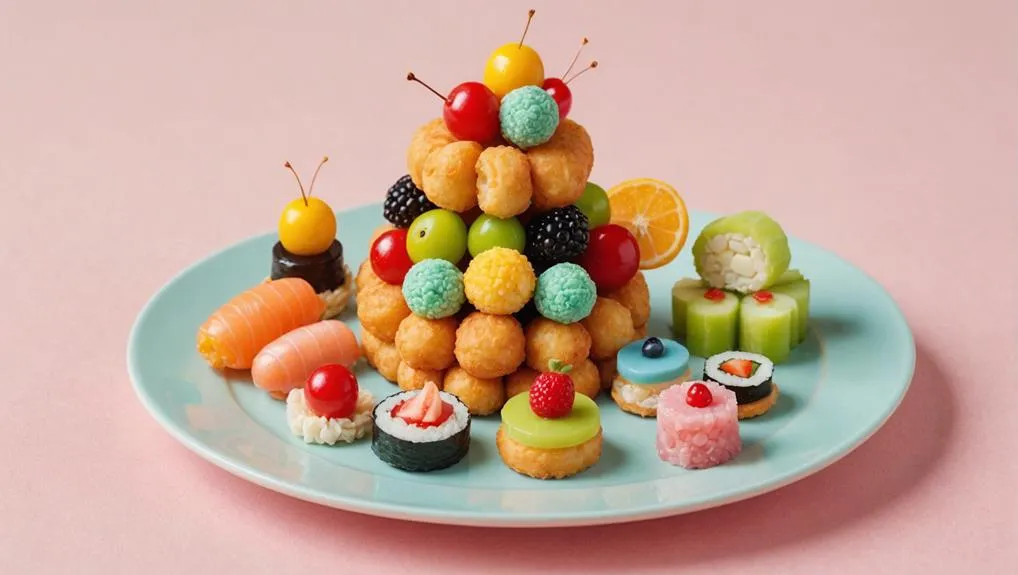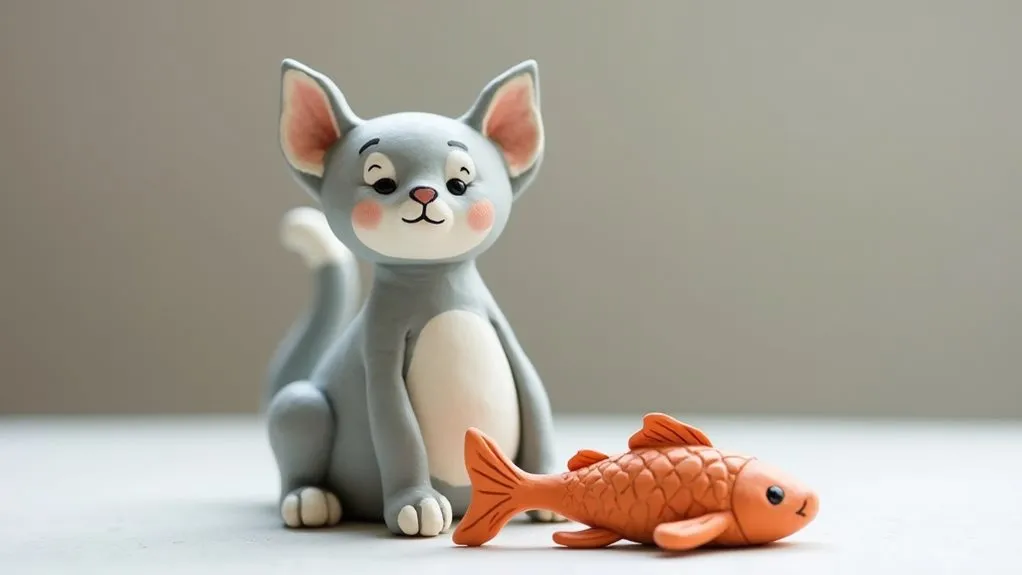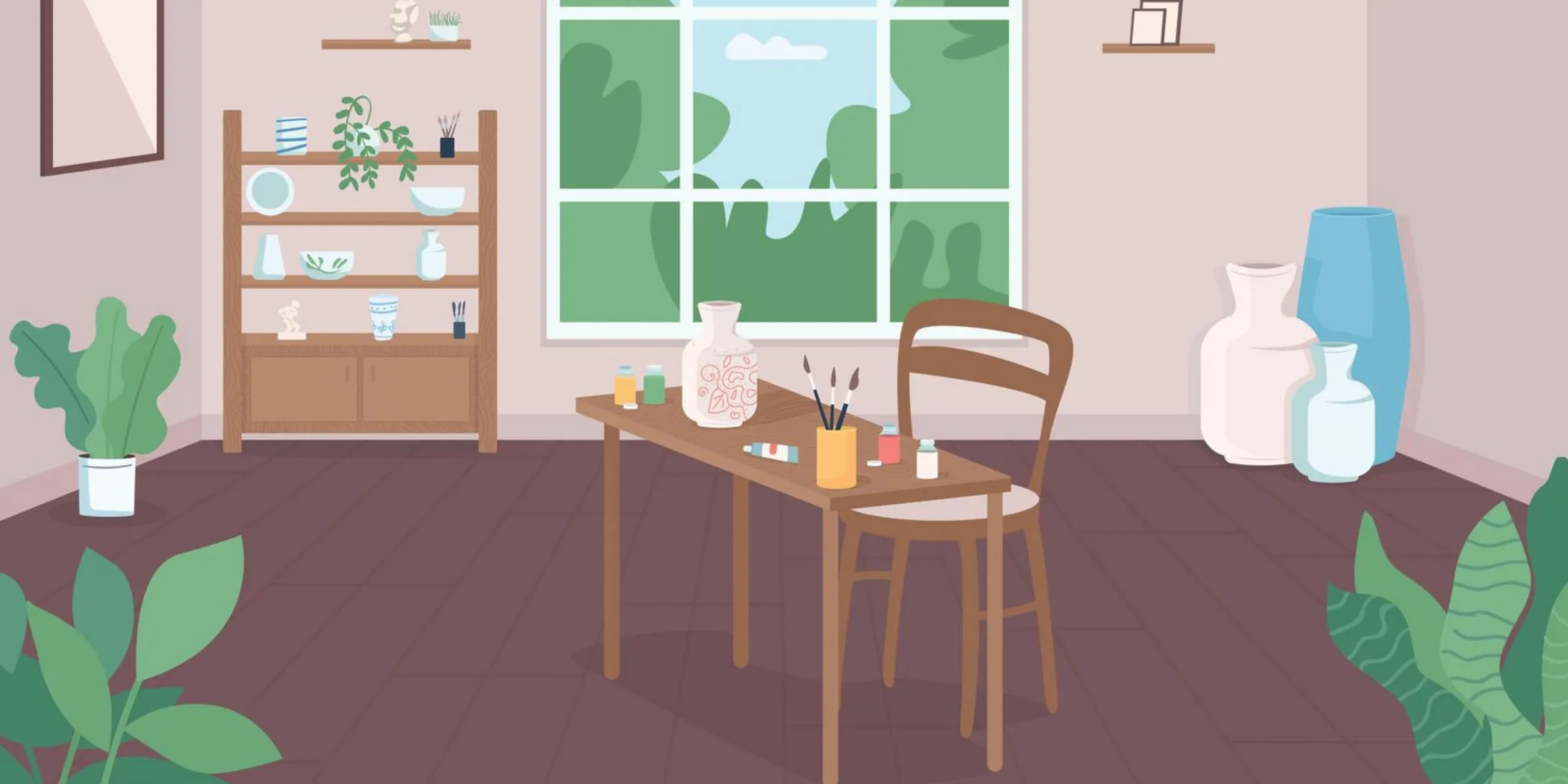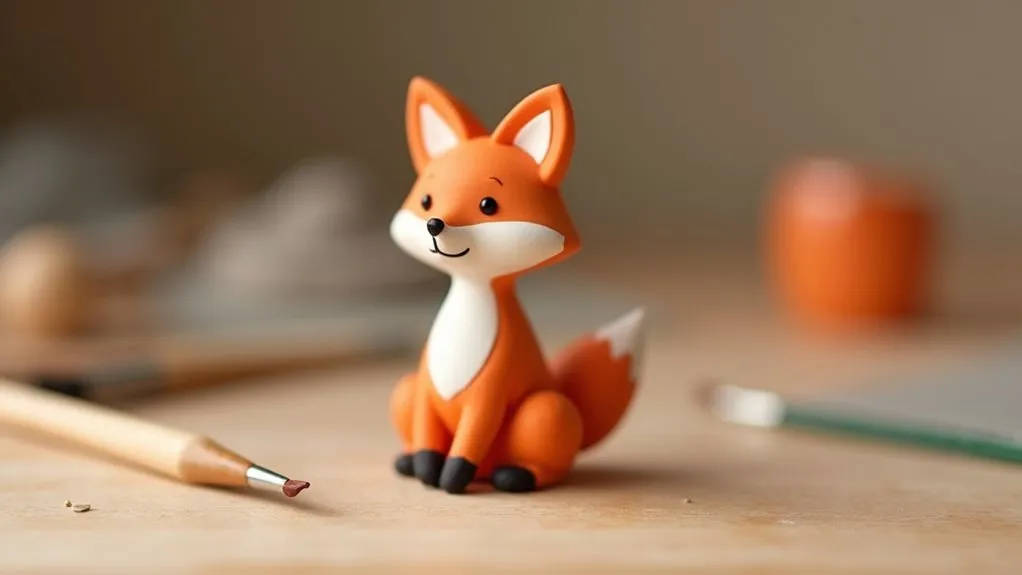Are mugs made of air dry clay a viable option for use in the home? Air dry clay can be used to create an array of decorative items from sculptures and figurines, to jewelry and more. But can this versatile medium also be used to make mugs that are safe and durable for everyday use?
Air dry clay is not recommended for making mugs as it is not food-safe and may not hold up to the heat and moisture of hot beverages. It is better to use a clay that is specifically designed for pottery and ceramics that can be fired in a kiln.
While you can use air dry clay to create the shape and design of a mug, it’s not suitable for holding liquids or for use with food and drink. Furthermore, air dry clay is not heat-resistant, which means it cannot be used in the microwave or dishwasher.
Is air-dry clay safe for food items?
Air-dry clay is not considered safe for food items due to its porous nature and potential to disintegrate when in contact with water or wet food.
While air-dry clay is a popular choice for decorative purposes and art projects, it is not recommended for creating mugs or other vessels meant for food or drink consumption.
The porous nature of air-dry clay makes it prone to absorbing moisture and can lead to bacteria growth if not properly sealed. Additionally, when in contact with water or wet food, air-dry clay can start to break down, potentially contaminating the food or drink.
To ensure the safety of food items, it is best to opt for traditional clays that are specifically made for ceramic and pottery for food. These clays are fired at high temperatures, which makes them more durable and waterproof.
If you wish to create food-safe clay pieces, consider using polymer clay, a type of clay that can be baked at low temperatures. Be sure to follow the manufacturer’s instructions and use acrylic paint or waterproof varnish to seal the finished product and make it safe for food.
In conclusion, while air-dry clay is a versatile medium for various artistic projects, it is not suitable for creating mugs or any other items meant to come into contact with food or liquids. To ensure safety, it is best to choose the appropriate type of clay and use proper sealing techniques.
Choosing the Right Clay for Mugs
There are a few factors to consider when selecting the clay type, including ease of use, durability, and food safety.
Air dry clays are popular for their convenience and accessibility, as they do not require a kiln or high firing temperatures. They are often used for decorative purposes and can produce vibrant colors when glazed.
However, it is important to choose a clay that is suitable for the intended purpose, such as creating mugs that will come into contact with food and drink.
Taking into consideration the specific requirements and limitations of different air dry clays can help ensure a successful and satisfying mug-making experience.
- Earthenware Clay: This type of clay is low-fire clay that is porous and has a rich, earthy color. It has a firing temperature range of 1830-2000°F (1000-1093°C). Earthenware clay is suitable for creating mugs because it is easier to shape and has a lower risk of warping during the firing process. However, finished earthenware pieces are not as strong or durable as other types of clays.
- Stoneware Clay: Stoneware clay is a mid-fire clay that is dense, durable, and has a wide range of colors. It has a firing temperature range of 2150-2350°F (1177-1288°C). This type of clay is an excellent choice for mugs as it results in a strong, non-porous finished product. However, stoneware clay requires higher firing temperatures, which can limit the availability of kilns for hobbyists.
- Porcelain Clay: Porcelain clay is a high-fire clay that is translucent, smooth, and delicate in texture. It has a firing temperature range of 2300-2400°F (1260-1315°C). Porcelain clay is often used for creating exquisitely detailed mugs. However, it requires extremely high firing temperatures and can be challenging to work with due to its tendency to warp and crack.
Although traditional clays offer the advantage of creating durable and functional mugs, there are also some disadvantages.
Firstly, the firing process requires access to a kiln and knowledge of firing temperature requirements. Additionally, traditional clays can be more challenging to work with, especially for beginners.
These clays also have a higher risk of warping or cracking during the firing process, requiring careful handling and expertise.
However, the finished mugs made from traditional clays have a beautiful, natural look and are suitable for everyday use.
Final Thoughts
In conclusion, there are a variety of different types of clay to choose from when creating mugs or other food-safe projects.
Air-dry clays are ideal for decorative items but not suitable for use in contact with food and liquids.
Polymer clay, earthenware, stoneware, porcelain, traditional clay, ceramic clay and paper clay can all be used to craft beautiful and safe mugs.
It is important to follow the manufacturer’s instructions as well as seal the finished product with acrylic paint or waterproof varnish to make it food safe.


